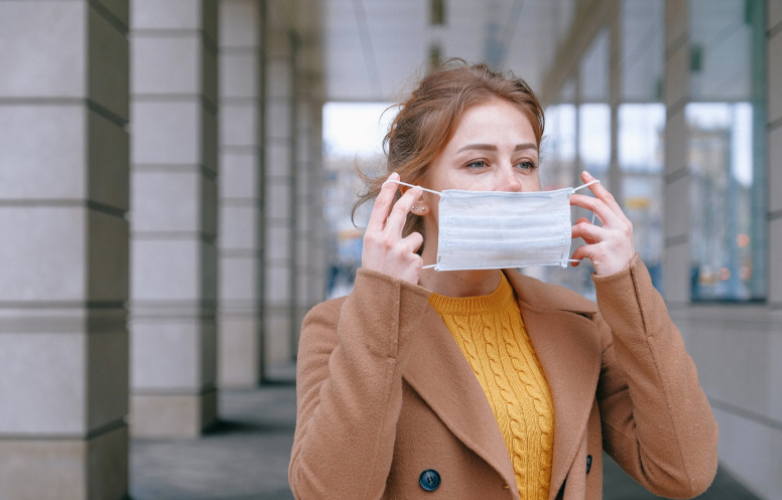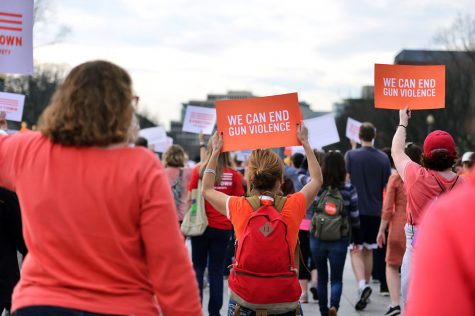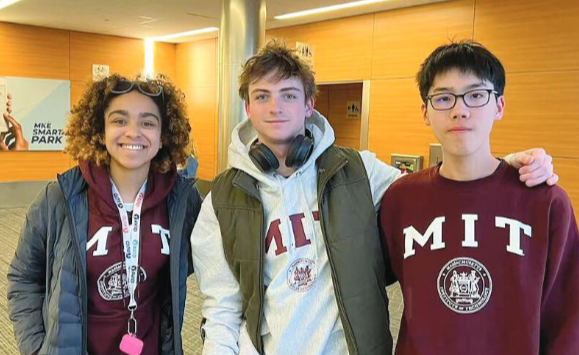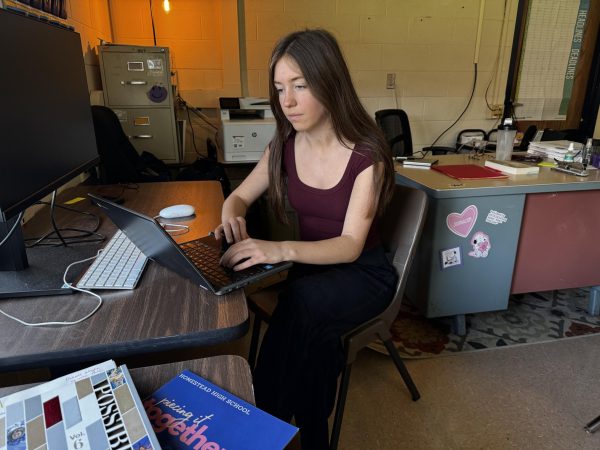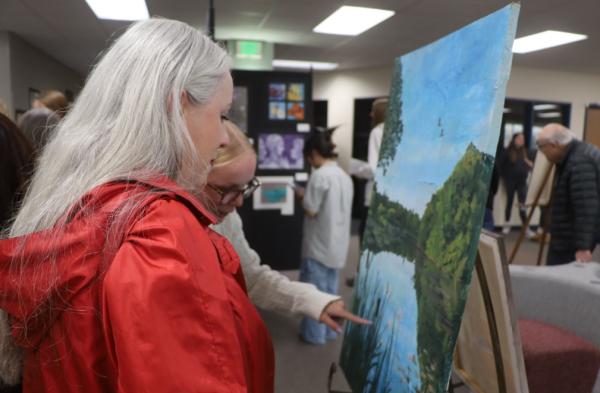Wisconsin sees brief recovery from COVID outbreak
A woman puts on a mask on the streets of Wisconsin, setting an example for the rest of the state.
As of Jan. 3, Wisconsin’s weekly average for new cases is at a low with 2,593, since its peak of a weekly 7,045 new cases mid November, when it ranged the highest state outbreak of the US.
According to Ian Thompson, executive director of communications and engagement, the number of new covid cases at Homestead in December to January is 21, as of Jan. 3. Thompson said that the peak of covid outbreak was in November. For every new covid case Thompson said, “The average number of individuals deemed a close contact with exposure in MTSD buildings is 8.46 students.”
Thompson explained that Mequon-Thensville School District works alongside the Washington Ozaukee Public Health Department in terms that inform the mitigation procedures and school closures. Thompson said, “We have identified an 80 percent on campus attendance rate per building or an overall 85 percent on campus attendance rate across the district which would require us to temporarily assign staff members to alternative positions to avoid transitioning to a more restrictive instructional scenario for a period of one to two days.” As of Dec. 25 Homestead had 4.93% of students and 1.25% of staff out of school due to covid-related absence. The school went all virtual once on October 27 for two weeks after, because of a 20% student and staff shortage.
From the the first identified covid case in Wisconsin until now, the covid numbers have changed significantly from almost no cases, to the spike of being the top risk state in the country, to our significant drop of cases in January. An article from the Wisconsin Public Radio dated late October during the rise of the covid peak in Wisconsin suggests the main causes of the spike: that even though the spike got worse, there were still “high-profile examples of residents choosing not to stay home.” These examples imply the people of WI that “individual actions are among the only ways Wisconsinites can slow the spread of the disease,” and that changes like staying home from nonessential activities, wearing masks in public and keeping social distance whenever possible are important acts that need to be put into effect all of the time in order to prevent the covid spread.
In Iron County, a hotspot for covid in late July, the citizens there made little to no change in their ways of precaution towards covid. Eventually, they started to see their friends and family affected by covid. Over a short period of time, “People saw that their actions had led to a spike in new cases, and they changed their behavior.” Because of this, in September, Wisconsin’s numbers of covid cases started to rise dramatically, but Iron County’s stayed low and have been ever since, with an average of less than one case per day.
Wisconsin’s cases spiked from September to late November, with its high weekly cases average being 7,045, and have decreased in January down to 2,593 as a weekly average. The people of Wisconsin were hit with a home outbreak, and they changed their actions by taking more precautions.
While Wisconsin is still in the process of recovering from their September to November outbreak, they are still within the top 10 infected states of the US.

